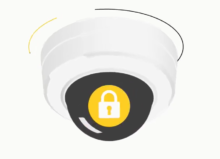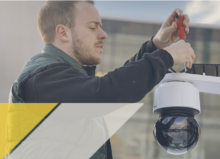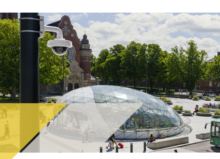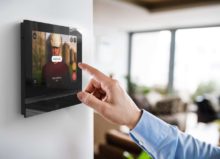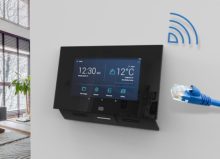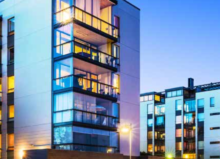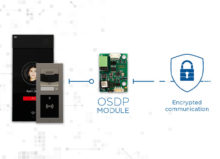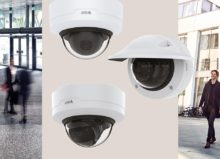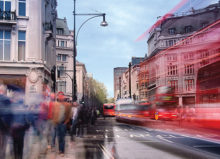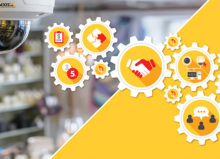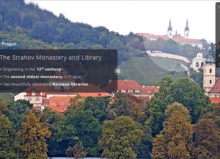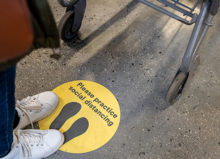The role of video and sensor tech in smart cities
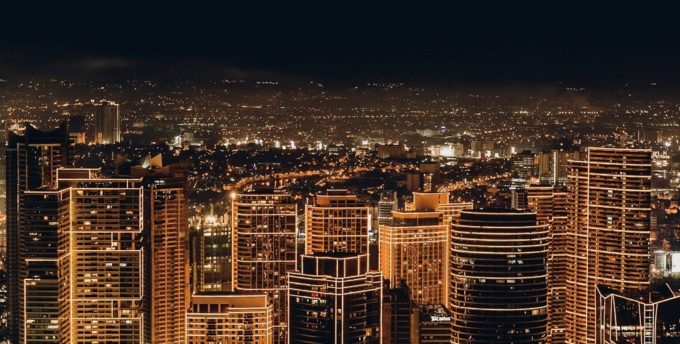
With smart city and building technology on the rise to make our urban infrastructures data-driven, efficient and more liveable, there has been a focus on the place of video technology.
Peter Greener, key account manager at Milestone Systems reports that the uses of video and sensor tech go beyond security. Its efficiency for other purposes is growing due to new infrastructures and pressure on city services.
When developers invest in video and sensor technology for their smart buildings and cities, they have the potential to achieve so much more than simply protecting their assets.
Technological innovation has expanded the remit of what video technology can be used for and with the increased bandwidth that 5G gives connected devices, more and more interlinked devices can be added to the internet, known as the internet of things (IoT).
With this in mind, video technology can be used to monitor a vast variety of elements critical to a successful smart city or building. This can range from air quality measures and safety solutions to the prevention of vandalism and autonomous cars and traffic management.
Investing in video and sensor technology to enact these types of controls enables those managing smart cities and buildings to act on societal changes in a new, much more effective way that is informed by accurate and real-time insights collected by video technology systems.
Intelligent Transportation Systems (ITS) can be embedded into transport infrastructure to improve mobility and safety. Cameras and sensors installed into roads and bridges will collect real-time traffic information which is then fed back to local government authorities who can analyse long-term traffic trends to inform decisions on strategic transportation plans. In addition to this, video technology can plug into electronic signs to manage processes such as the opening, closing and merging of lanes or changing speed limits.
Using video for surveillance can be controversial, none of us likes a camera in our face. The good news is that there are plenty of video tech solutions with the ability to anonymise data through metadata aggregation, privacy masking, data purging and much more, and thereby they can help keep people safe and cities run smoothly without compromising data privacy. Emphasizing this is crucial to more public acceptance of video technology investment in smart cities, buildings or workplaces.
Video technology can plug into algorithms which feedback to other smart elements to make cities and buildings as efficient as possible. For example, using video technology in traffic management has a bigger, more positive impact on congestion reduction than building new roads.
Source: Milestone





